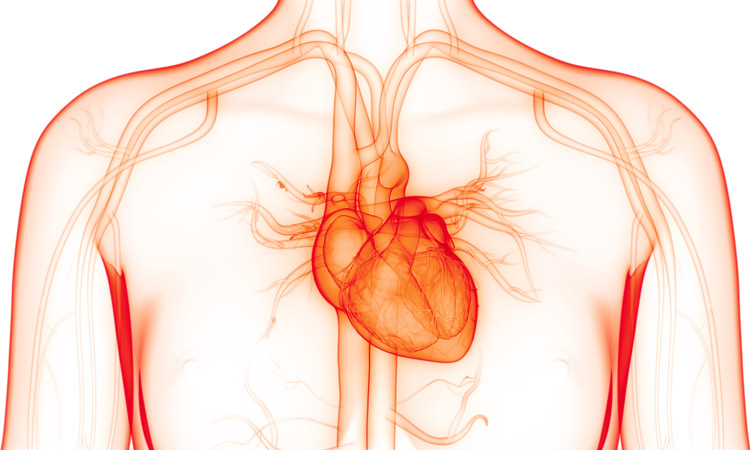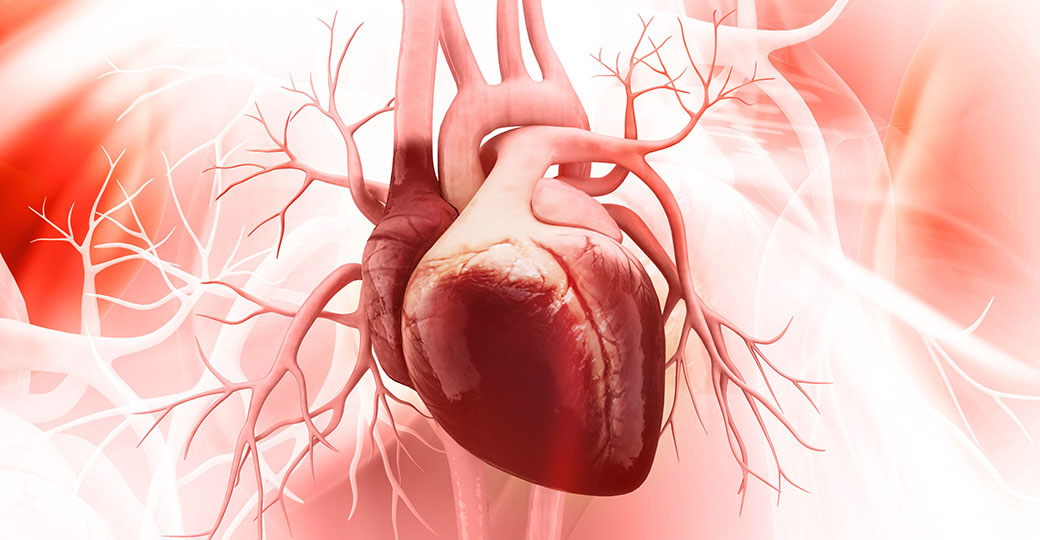A collaborative study led by researchers at Sanford Burnham Prebys is paving the way to identifying gene networks that cause atrial fibrillation (AFib), the most common age-related cardiac arrhythmia.
The findings, published in Disease Models & Mechanisms, validate an approach that combines multiple experimental platforms to identify genes linked to an abnormal heart rhythm.
“One of the biggest challenges to solving the AFib genetic puzzle has been the lack of experimental models that are relevant to humans,” says Alex Colas, PhD, co-senior author and assistant professor in the Development, Aging and Regeneration Program at Sanford Burnham Prebys. “By working with colleagues who focus on AFib but in different systems, we have created a robust multiplatform model that can accurately pinpoint genes associated with this condition.”
AFib is characterized by an irregular, rapid heartbeat that causes a quivering of the upper chambers of the heart, called the atria. This condition is the result of a malfunction in the heart’s electrical system that can lead to heart failure and other heart-related complications, which include stroke-inducing blood clots.
AFib impacts more than 5.1 million people in the United States, with expectations of 15.9 million by 2050. It is more common in individuals over the age of 60 but can also occur in teenagers and young adults.
“There will never be a one-size-fits-all solution to AFib, since it can be caused by many different genes—and the genes that do cause it vary from person to person,” says Karen Ocorr, PhD, also a co-senior author and assistant professor in the Development, Aging and Regeneration Program at Sanford Burnham Prebys. “A better understanding of the gene network(s) that contribute to AFib will help us design tests to predict a person’s risk, and develop individualized approaches to treat this dangerous heart condition.”
To overcome the limitations of current AFib research models, Colas, Ocorr and researchers from UC Davis and Johns Hopkins University combined forces to assemble a multi-model platform that combines:
- A high-throughput screen using atrial-like cells (derived from human-induced pluripotent stem cells) to measure how a gene mutation alters the strength and duration of a heartbeat.
- A Drosophila (fruit fly) model—with heart genetics and development remarkably similar to human hearts—that permits analysis of gene mutations in a functioning organ.
- A well-established computational model that uses computers to simulate the effects of gene mutations on the electrical activity in human atrial cells.
The accuracy of the multi-model platform was confirmed when each screened 20 genes, and all three platforms identified phospholamban, a protein found in the heart muscle with known links to AFib.
“This collaboration has greatly expanded our ability to understand AFib at the genetic level,” says Colas. “Importantly, the high-throughput screening component of the model will also allow us to rapidly and effectively screen for drugs that can restore a heart to its normal rhythm.”
He adds, “Hopefully this is just the beginning. There are many more cardiac diseases to which our system can be applied.”









